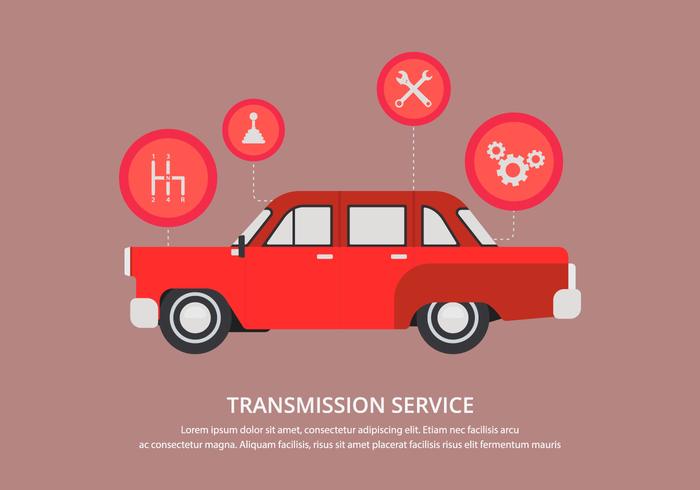Eager To Recognize What The Dashboard Warning Lights In Your Vehicle Indicate? Explore Their Significances For The Health And Security Of Your Car
Eager To Recognize What The Dashboard Warning Lights In Your Vehicle Indicate? Explore Their Significances For The Health And Security Of Your Car
Blog Article
Personnel Author-Hartley Winters
When you're behind the wheel, those radiant caution lights on your control panel can be a little bit difficult. Do you understand what they're attempting to inform you about your automobile's health? Understanding the importance of these lights is important for your security and the long life of your vehicle. So, the following time one of those lights turns up, wouldn't you wish to decipher its message properly and take the needed steps to resolve it?
Common Warning Lighting and Interpretations
Identify typical caution lights in your auto and comprehend their significances to guarantee safe driving.
The most regular caution lights consist of the check engine light, which signifies concerns with the engine or emissions system. If this light begins, it's crucial to have your lorry checked without delay.
The oil pressure advising light indicates low oil stress, requiring instant interest to avoid engine damage.
A blinking battery light could suggest a defective charging system, potentially leaving you stranded if not attended to.
The tire pressure monitoring system (TPMS) light signals you to reduced tire stress, influencing car stability and fuel efficiency. Neglecting this could cause risky driving conditions.
The abdominal muscle light shows a problem with the anti-lock braking system, jeopardizing your ability to quit swiftly in emergencies.
Last but not least, the coolant temperature alerting light warns of engine getting too hot, which can result in severe damages if not solved swiftly.
Understanding https://brakeshops84061.nizarblog.com/31362302/the-next-chapter-in-vehicle-repair-work-trends-to-be-aware-of-in-the-upcoming-years will assist you resolve problems without delay and keep secure driving problems.
Significance of Prompt Interest
Understanding the common warning lights in your vehicle is just the primary step; the relevance of promptly attending to these warnings can't be highlighted enough to ensure your safety and security when traveling.
When a warning light brightens on your control panel, it's your vehicle's way of connecting a potential issue that requires attention. Overlooking these warnings can result in a lot more serious issues in the future, endangering your safety and possibly costing you a lot more out of commission.
Prompt attention to advising lights can stop malfunctions and mishaps. As an example, a blinking check engine light could suggest a misfire that, if left neglected, could create damage to the catalytic converter. Resolving https://www.carandbike.com/news/eight-tips-for-keeping-your-car-cool-in-the-summer-2875471 without delay can save you from a costly repair service.
Similarly, car restoration nz cautioning light could signify low brake liquid or used brake pads, critical components for your security when driving.
DIY Troubleshooting Tips
If you see a warning light on your dashboard, there are a couple of do it yourself troubleshooting ideas you can attempt before seeking professional help.
The first step is to consult your cars and truck's handbook to understand what the details caution light suggests. In some cases the problem can be as easy as a loose gas cap setting off the check engine light. Tightening up the gas cap might deal with the problem.
Another usual issue is a low battery, which can cause numerous cautioning lights. Checking the battery connections for rust and ensuring they're secure could take care of the trouble.
If a warning light persists, you can attempt resetting it by detaching the cars and truck's battery for a couple of mins and after that reconnecting it. In addition, checking your automobile's liquid degrees, such as oil, coolant, and brake fluid, can aid troubleshoot cautioning lights connected to these systems.
Final thought
In conclusion, recognizing your car's warning lights is essential for keeping your vehicle running efficiently and safely. By quickly addressing these notifies and recognizing what they suggest, you can avoid pricey repairs and potential malfunctions.
Keep in mind to consult your car's guidebook for particular details on each alerting light and take action as necessary to ensure a hassle-free driving experience.
Keep educated, stay risk-free when driving!
